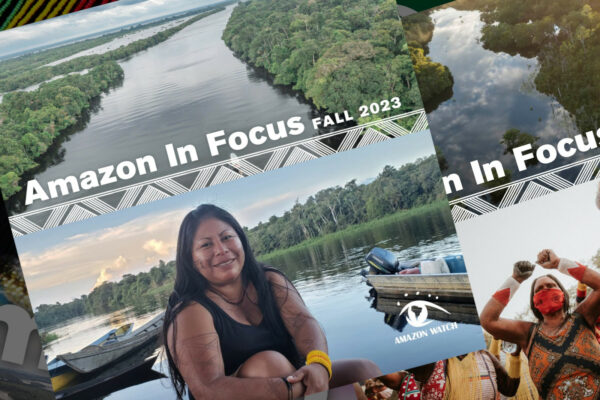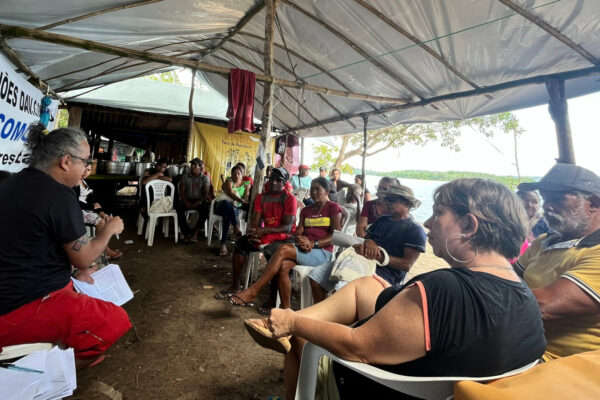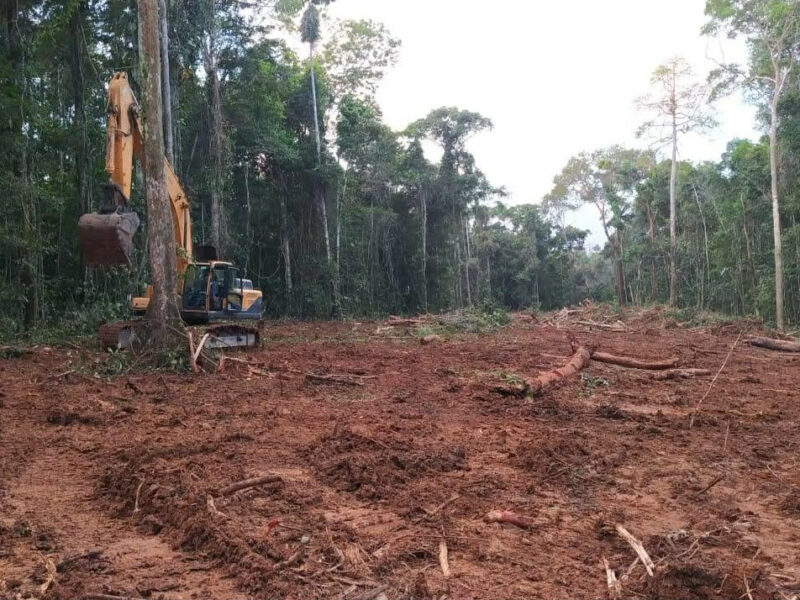Watching a film-maker use tweezers to extract wriggling, inch-long Amazonian parasites from his bloody leg would normally rank among the more stomach-churning of cinematic experiences, but it is a mere sideshow in a new documentary that shows Ecuador’s most famous nature reserve faces far graver threats than it poses.
Over the past seven years, US biologist Ryan Killackey has endured bot fly larvae, dysentery, bullet ant stings and malignant melanoma in order to film an intimate and polemical account of a remote forest community under pressure from US and Chinese oil companies.
The result is Yasuni Man, a 90-minute record of a stunningly beautiful region believed to be one of the most biodiverse on the planet at a particularly troubled time in its history.
It focuses on the Yasuni biosphere reserve, which inspired hope around the world in 2007 when the Ecuadorian government announced a global fundraising drive for its protection against mining firms.
After the discovery of a $7.2bn oil reserve inside Yasuni, the government proposed leaving the fossil fuel in the ground if the international community would donate half that amount.
The ITT Initiative (which covered the Ishpingo, Tambococha and Tiputini regions) was hailed as a bold new approach to climate change and habitat loss, but the plan was eventually killed off by President Rafael Correa after it raised only $13m (£8.3m) in donations.
Despite widespread domestic and international opposition, in 2013 Correa gave the go ahead for drilling, though he insisted it would affect only 1% of the reserve.
Killackey’s film, however, suggests that the project was long doomed: even as donations were pouring in from environmental well-wishers around the planet, oil companies were already moving into the area.
Killackey says that in 2012, he filmed roads built by Ecuador’s state-run oil company, Petroamazonas, between the nature reserve and Block 31, an extraction zone that is now off limits and patrolled by security guards.
In recent weeks, the first wells inside the Yasuni fields have come into full commercial operation. According to Amazon Watch, the oil from the Yasuni fields is being pumped to California, where it is processed at US refineries. In the future, the group expects major Chinese companies – such as CNPC or Sinopec – to join Petroamazonas in drilling more than 200 wells.
Despite these powerful interests, indigenous groups have slowed the expansion of the extraction industries into Yasuni. Killackey’s film – which will be shown on 13 October at the Wildscreen film festival in Bristol – calls for the tribes to be given more support.
The film looks at a community of Waorani (also spelled Huaorani) in Boanamo, a remote village that is two-and-a half-day boat ride away from Coca, the regional capital. On four extended visits, Killackey spent close to 150 days here, filming rituals, family life, hunting expeditions, as well as a stunning variety of wildlife, including giant green anacondas, river dolphins, rare short-eared dogs, white lipped peccaries, limbless salamanders and brilliantly coloured leaf frogs.
He also organised scientific expeditions by leading biologists. Their findings – such as the discovery of several news species and fresh research on migratory patterns – will be released during the upcoming screening.
“I want this to be more than a documentary. I hope the data will be used to draw attention to Yasuni and help advocate for genuine preservation that works for the benefit of indigenous people,” Killackey said in a phone interview.
Killackey was first drawn to Yasuni in 2005 by a love of frogs. Film-making began four years later when he was invited to Boanama and then launched a Kickstarter campaign to document the lives of the people there. He has since spent close to $160,000, partly supported by groups such as Yale Environment 360 and Passion Planet, but mostly from his own funds.
Over the past decade, he has seen the oil companies move closer to Yasuni, building roads and bridges that open up new areas for land clearance, logging and the bush-meat trade. Faced by the rush of development, local indigenous groups have held out for as long as they can but are then often sucked into the destruction of their own forests.
The most isolated tribes – the Tagaeri and Taromenane, who shun contact with the outside world – are in theory protected by the state, but their territory has steadily shrunk, which has led to increased conflict. Among the victims was one of Killackey’s friends, Caiga Baihua, who was speared to death in January.
Killacky says the blame lies mostly with the destabilising encroachment of outside cultures and foreign corporations, though he acknowledges that he too is an emissary of western values.
“I feel conflicted every day. I always ask myself whether I will be viewed as the missionaries were. Although I was invited, I bring cameras and tents from the outside world. When the Waorani see them, they want them too. But I have to think too about the good that we can bring. Without a presence here, I don’t think the story would get out. I want it to reach as wide an audience as it can.”
The region is now harder for foreign journalists and scientists to enter than it was when Killackey started filming; drilling areas are entirely closed off by private security, the footage is now an important historical record. Killackey hopes it can also stimulate change – and not just in Ecuador.
“This story goes way beyond Yasuni. It is representative of what is happening in so many other places in the world. As an American, I’d like to see a change in the way our people do business. We are mostly responsible for what is happening here. One of the messages to viewers is that you do have a choice. Get educated where your petrol comes from. Reduce your footprint. Support products that are more sustainable.”
“It’s difficult to be hopeful,” he says. “But I’m optimistic there is still time to make a change.”














